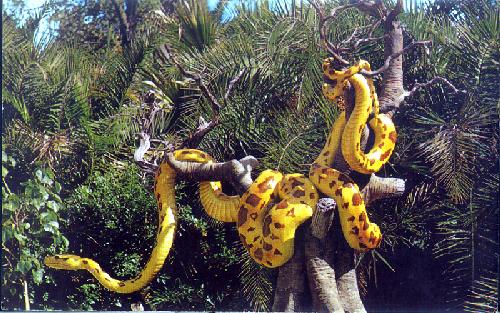This from the Philadelphia Inquirer...
N.J. is considering a ban on metal bats for youth leagues
By Tom Hester Jr.
Associated Press
TRENTON - Freckle-faced Steven Domalewski was 45 feet from home plate when a screaming line drive off an aluminum bat hammered the 12-year-old in the chest.
The ball hit the boy in the millisecond between his heartbeats, sending him into cardiac arrest. Three spectators rushed onto the field and resuscitated him, but the damage was done. He suffered brain swelling and went into a coma.
Now, four months later, New Jersey lawmakers are considering making the state the first to ban metal bats from youth sports.
"The ball came so fast off the bat, my son had absolutely no chance to cover or protect himself," the boy's father, Joseph Domalewski, said before speaking to a legislative committee yesterday.
A 2002 study by Brown University said balls hit off an aluminum bat averaged 93.3 m.p.h., compared with 86.1 m.p.h. for wooden bats. It found that 2 percent of balls hit off wooden bats exceeded 100 m.p.h., compared with 37 percent hit off metal bats.
Domalewski said that just a bit more reaction time was all his son would have needed. He said the boy tried to shield himself, but instead suffered a traumatic brain injury and now cannot talk or see. He just started eating again, though that's a struggle.
"A split-second and maybe we would have had him home with a bruised shoulder," Domalewski said.
State Assemblyman Patrick J. Diegnan, who proposed the ban, said he had worried about the speed of balls shooting off aluminum bats even before he heard about Domalewski. Diegnan recalled cringing at line drives when his daughters played softball.
"A fraction of a second is the difference between life and death," said Diegnan (D., Middlesex).
Diegnan's measure would require wooden bats for all leagues with players under 18. An exemption would be granted if a visiting team comes from out of state.
Though Assembly lawmakers released the bill from committee yesterday, clearing it for a possible vote by the full House, it's a long way from becoming law. Little League officials and bat manufacturers oppose it.
Stephen D. Keener, president and chief executive officer of Little League Baseball and Softball, said steps had already been taken to make bats safer. He said rules requiring that metal bats be similar to wooden ones had cut injuries to pitchers hit by batted balls. Little League had 170 million at-bats last year and 22 injuries to pitchers, down from 145 in 1992, he said.
"If this was, in our opinion, a safety issue, we should be leading the way on changes," Keener said. But "there is an insignificant difference between the non-wood bats that are used today and the wood bats they are tested against."
Former major league catcher and Princeton University baseball coach Scott Bradley said that banning metal bats would cut participation in youth baseball. "I think we're going to take a lot of opportunities and a lot of fun away," he said.
But Montclair State baseball coach Norm Schoenig said lawmakers had little choice but to ban metal bats if they wanted to improve safety. "You can't increase the reaction time of a 10-, 11- or 12-year-old young man just learning to play the game of baseball," he said.
John Della Volpe, of Concord, Mass., whose son was hit in the face by a line drive but recovered from severe facial injuries, said he didn't need a study to convince him there's a difference between metal and wooden bats.
"I just know it's not the same," he said.
New Jersey wouldn't be the only state to remove the ping of the bat from youth baseball games. Illinois high schools have started a pilot program to test wooden bats; North Dakota high school teams plan to switch to wood next year, and Massachusetts Catholic high school baseball teams have used only wooden bats since 2003.
Original Post

 think of the jobs it would create
think of the jobs it would create 



